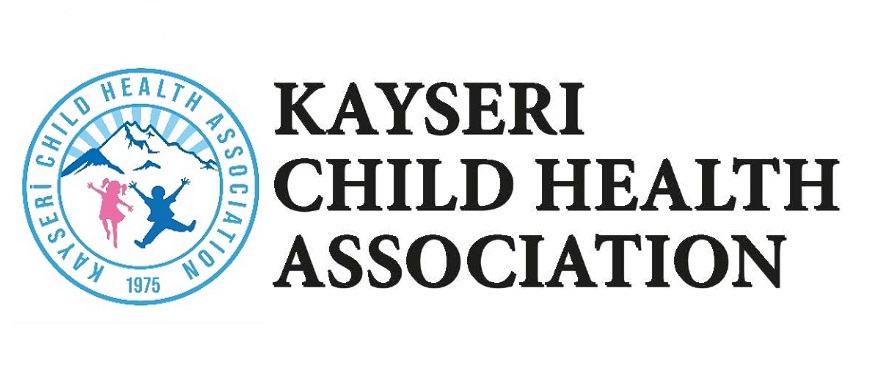Assesment of Damage in Juvenile Idiopathic Arthritis: Single Center Experience
DOI:
https://doi.org/10.51271/jpea-2022-169Keywords:
Juvenile, arthritis, factors, damageAbstract
Introduction:It is essential to evaluate the activation and the articular and extra-articular damage during the Juvenile Idiopathic Arthritis(JIA) disease course.
Objectives:This study aimed to evaluate the damage status and affecting factors in JIA patients.
Methods:Juvenile Arthritis Damage Index articular(JADI-A) and extra-articular(E) were evaluated in 204 JIA patients who had been followed up for two years andmore. JADI-A and E affecting factors were assessed by univariate and multivariate logistic regression analysis.
Results: In this study,127(62.6%) of the patients were female. The median age was 13(IQR: 11-16), and the age at diagnosis was 7(IQR: 4-10) years. The median follow-up time was 5(IQR: 4-8) years. Ninety-two(45.3%) patients had comorbid diseases. JADI-A were median:0(min-max: 0-24), JADI-E were median:0(min-max:0-4).The annual attacks number [OR:1,759 (CI:1,300-2,379],p:<0,001),annual eritrocyte sedimantation rate (ESR) [OR:1,072(CI:1,021-1,125),p:0.005] were effective on JADI-A scores. The CRP at the first admission [OR:1.007(CI: 1,000-1,014), p:0.037], the annual ESR[OR:1,051(CI:1,008-1,095),p:0.019] were found to be effective on the JADI-E. The ideal cut-off point of the attacks number and ESR affecting JADI-A scores were 1.38[AUC:0.734(0.641-0.828),p:0.001] and 14.32[AUC:0.617(0.514-0.721),p:0.027], respectively. The ideal cut-off point of the CRP and ESR affecting JADI-E scores were 13,25[AUC:0,662(0,541-0,782),p:0,009],and15,10[AUC:0.674(0.567-0.780),p:0.002], respectively. Steroid related complications such as, obesity in 12 (5.9%), hirsutism in 3 (1.5%), transient adrenal suppression in 14 (6.9%), 8 (3.9%), and osteoporosis were detectedin 7 (3.4%) patients.
Conclusion: We have shown that parameters used routinely can be helpful to predict damage. We also think that new criteria should be added to the scoring.

Downloads
Published
How to Cite
Issue
Section
License
Copyright (c) 2022 The Journal of Pediatric Academy

This work is licensed under a Creative Commons Attribution-NonCommercial-NoDerivatives 4.0 International License.








